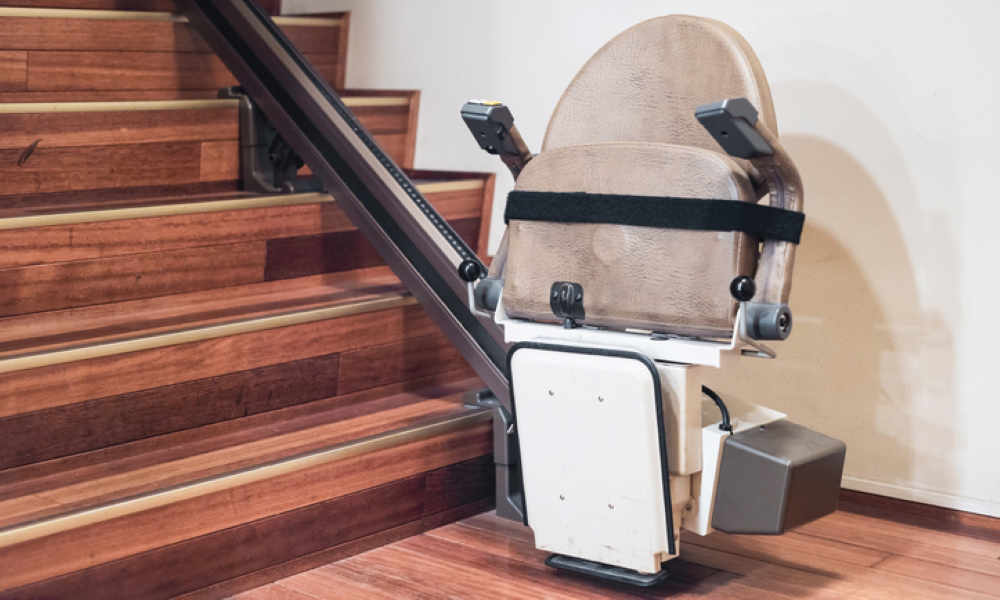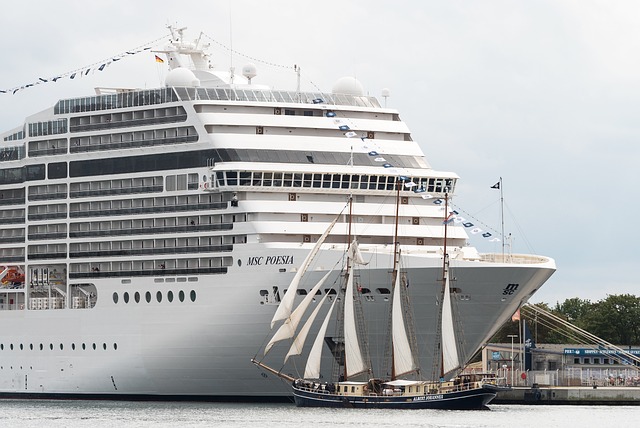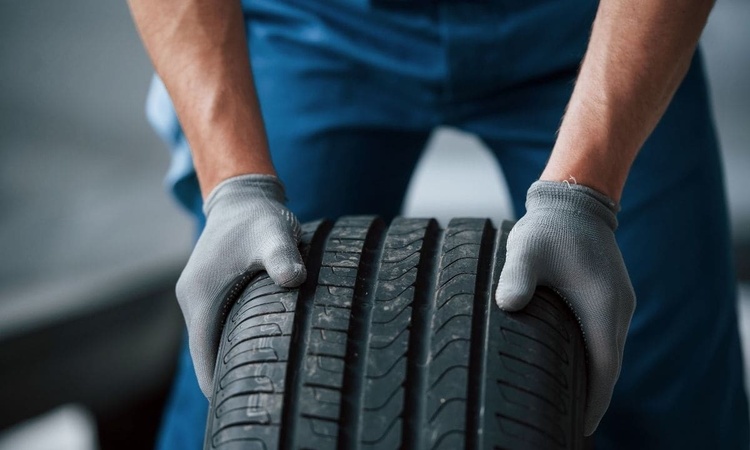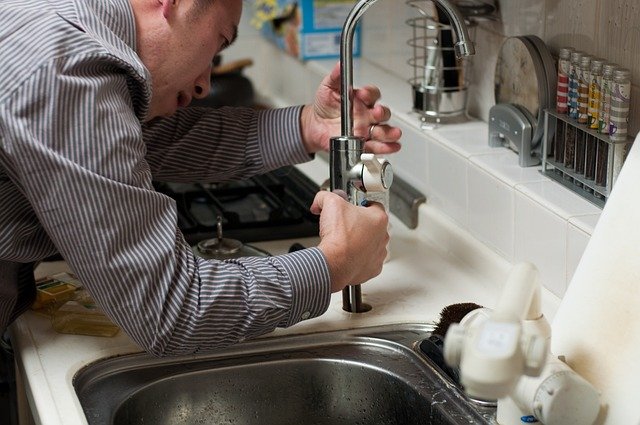Mobile stairlifts: options for home mobility and accessibility
Mobile stairlifts provide a flexible way to move between floors when permanently installed lifts are impractical. Designed for temporary use, transportability, or situations where tenancy or building restrictions prevent fixed installation, these devices can support greater independence for people with reduced mobility. This article explains how mobile stairlifts work, who they suit, and where to find local services and providers. This article is for informational purposes only and should not be considered medical advice. Please consult a qualified healthcare professional for personalized guidance and treatment.

Mobility: what are mobile stairlifts and how do they work?
Mobile stairlifts are transportable devices that travel along a lightweight rail or are designed as self-contained platforms to carry a seated person or wheelchair user up and down stairs. Many models are battery-powered and fold for storage, making them useful for temporary housing, travel, or short-term needs during recovery. They differ from permanently mounted stairlifts in that they require less structural work, can be removed when no longer required, and often meet legal rules for rental properties or shared buildings. Considerations include load capacity, battery life, and safe securing during transit.
Wheelchair: can mobile stairlifts accommodate wheelchair users?
Not all mobile stairlifts are suitable for people who remain in a wheelchair; platform or inclined platform lifts are the types most commonly used for wheelchair access. Some mobile units have a fold-out platform large and strong enough to accept a wheelchair without transfer, while seat-type portable stairlifts require the user to transfer from the wheelchair to the lift seat. Key safety aspects include secure braking, platform edge protection, user restraints, and clear instructions for transfers. Choosing the right option means matching the device to the user’s mobility level, wheelchair dimensions, and daily routines.
Stairs: fitting mobile stairlifts to different stair types
Mobile stairlifts are typically best suited to straight staircases, though some providers offer modular rails for slightly curved sections. Because mobile units are designed for flexibility, they can be installed and removed with minimal alteration to the stair structure. Outdoor-rated models exist for steps leading to entrances, with weatherproofing and corrosion-resistant components. Narrow or steep stairs may limit options; a professional assessment by a local services provider can confirm whether a particular stair profile is compatible with portable systems and identify any safety adaptations required.
Disability: benefits and practical considerations
For people with disabilities, mobile stairlifts can restore access to multi-level homes, reduce the need for challenging transfers, and support rehabilitation after injury or surgery. Practical considerations include assessing whether the device meets personal care needs, whether a caregiver will assist with use, and how the lift integrates with daily activities. Maintenance, battery replacement, and regular safety checks are important. An occupational therapist or mobility specialist can help evaluate the match between a user’s functional abilities and specific stairlift features such as swivel seats, speed settings, and emergency stop mechanisms.
Accessibility: choosing local services and service providers in your area
Finding reputable local services helps ensure safe installation, training, and maintenance. Look for providers who offer assessments, demonstration units, and aftercare such as servicing or spare parts. Rental options may suit short-term needs, while purchase may be preferable for long-term use. When contacting companies in your area, ask about guarantees, technician qualifications, and accessibility features tailored to wheelchair users or specific disabilities.
This section lists several established providers and the typical services they offer. The entries are illustrative; contact providers directly to confirm current offerings and availability.
| Provider Name | Services Offered | Key Features/Benefits |
|---|---|---|
| Stannah | Stairlift sales, installation, maintenance | UK-based network, range of seat and platform solutions, servicing packages |
| Acorn Stairlifts | Sales, installation, rental | Quick installations, options for straight and curved stairs, rental plans |
| Handicare | Residential stairlifts, platform lifts | International supplier, modular platforms, accessibility consulting |
| Bruno | Home and vehicle lifts, platform lifts | Focus on platform lifts for wheelchair users, robust build quality |
| Thyssenkrupp Home Solutions | Stairlift installation, maintenance | Wide service coverage, installation and post-sale support |
Conclusion
Mobile stairlifts offer a practical, less invasive way to improve access between floors for people with mobility limitations. They vary by type, capacity, and suitability for wheelchair users, so a professional assessment and trial are recommended. Local providers can advise on matching a device to stair layout and individual needs, and offer options such as rental or purchase plus ongoing maintenance. Careful consideration of safety features and compatibility will help ensure a mobile stairlift supports longer-term accessibility and independence.






